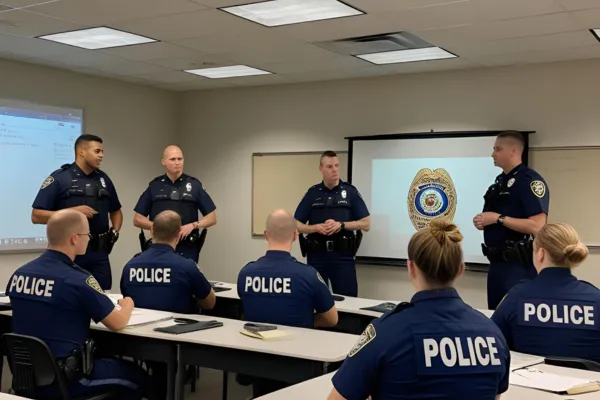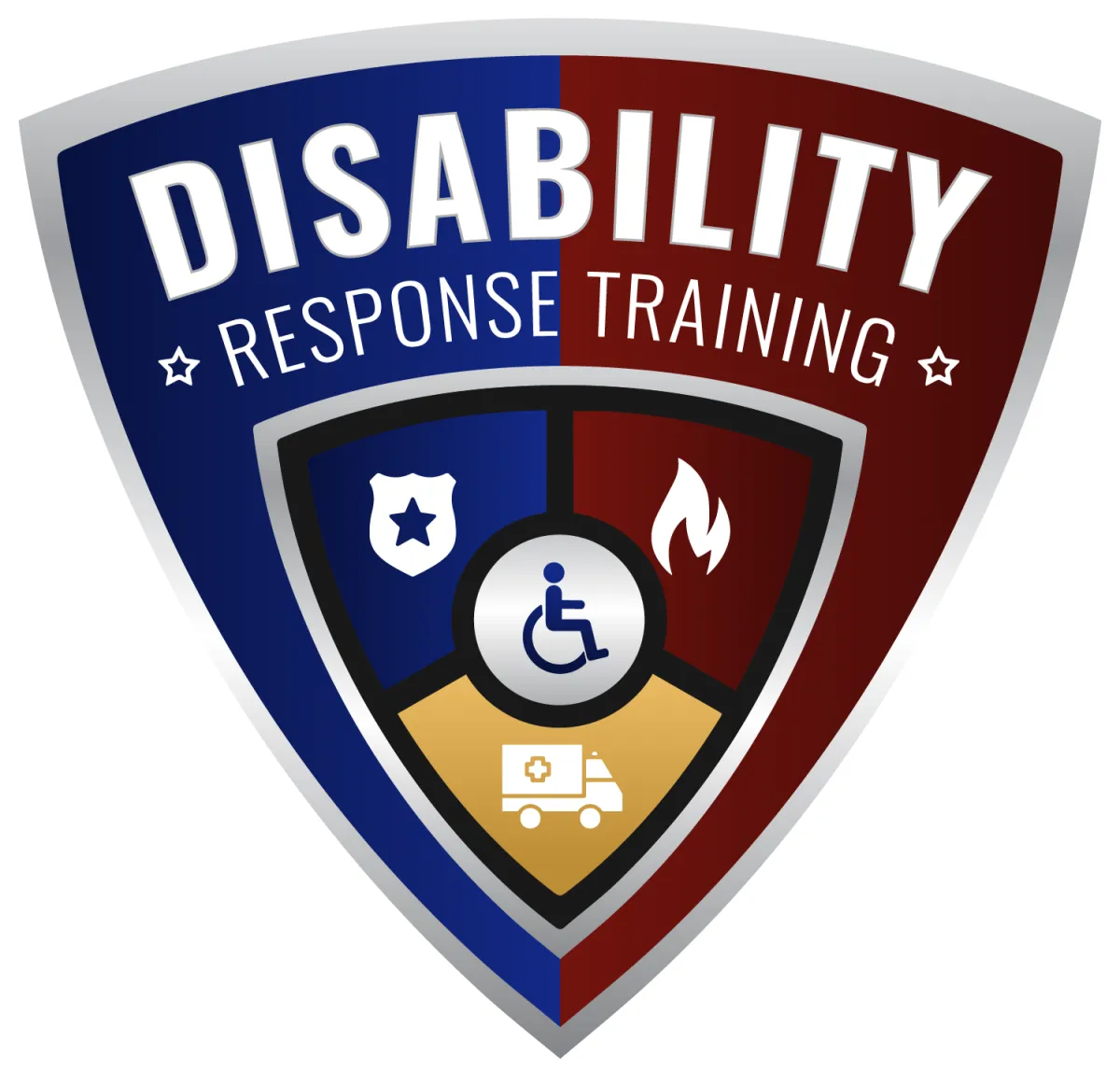See Our Latest Blogs

How to Introduce Disability Response Training in Your Department
Disability response training is no longer optional in today's law enforcement environment—it's essential. Implementing this kind of specialized training can help your department handle encounters involving individuals with disabilities safely, respectfully, and lawfully. In this blog, you'll learn why disability response training matters, how to introduce it in your department, and practical steps to ensure a smooth rollout.
Why Disability Response Training Is Crucial
Disability response training equips officers with the skills they need to recognize and appropriately respond to individuals with physical, cognitive, or emotional disabilities. Without it, interactions can quickly escalate, leading to unnecessary harm and legal consequences. Training enhances officer confidence and effectiveness, builds community trust and improves public relations, and reduces liability and risk of litigation. Implementing disability response training is a proactive step toward safer, more compassionate policing. Moreover, with growing public awareness and advocacy surrounding disability rights, departments that prioritize such training position themselves as leaders in community policing innovation.
Steps to Implement Disability Response Training
1. Assess Current Training Gaps Before launching new initiatives, conduct an audit of your department’s current training protocols. Identify what disability-related content, if any, already exists. Interviews with frontline officers can reveal gaps in knowledge and help shape future training priorities.
2. Gain Leadership Buy-In Command staff must fully support the initiative. Present compelling data about the benefits of disability response training, including improved officer safety and community trust. When leadership champions the cause, it sends a clear message that this training is not a checkbox exercise but a valued skill set.
3. Partner with Experts Work with organizations specializing in disability advocacy and law enforcement training. Collaborating with certified trainers ensures that the content is accurate, sensitive, and aligned with best practices.
4. Customize the Curriculum Every community is different. Tailor your disability response training to reflect the specific demographics and needs of your jurisdiction. If your community has a higher population of individuals with autism, for example, specialized modules on autism spectrum disorders will be especially valuable.
5. Implement Pilot Programs Start small. Introduce the training in select units before rolling it out department-wide. Gather feedback and make necessary adjustments. Early adopters can become internal advocates who help encourage broader participation.
6. Evaluate and Evolve Training should not be "one and done." Plan for regular refreshers and updates to ensure ongoing relevance and effectiveness. Incorporate officer feedback and real-world scenarios to keep the material dynamic and engaging.
Overcoming Common Challenges
Implementing new training initiatives often meets with some resistance. Budget constraints are a common issue; departments can seek grant opportunities and partnerships with organizations to offset costs. Scheduling conflicts may also arise, but integrating training into existing in-service sessions can help minimize disruption. Officer skepticism is another hurdle. Demonstrating the tangible impact of disability response training through case studies and testimonials can shift perceptions. Highlighting success stories from other departments can help make the case even stronger.
Another challenge is ensuring consistent quality across trainers. Standardizing training materials and providing trainer certification processes can address this. It's also helpful to frame disability response training not as "extra" work but as an essential competency that directly contributes to officer safety and community trust.
Enhancing Officer Communication and Engagement
Departments looking to build a strong foundation for disability response training should focus on integrating credible, practical strategies into their planning. The National Center on Disability and Journalism (NCDJ) offers valuable insights on how officers can better communicate and engage with individuals with disabilities, emphasizing respectful interactions. By focusing your training on real-world communication skills, you help your officers feel more confident, connect more naturally with the community, and build stronger, lasting relationships based on trust.
Building a Sustainable Training Program
For disability response training to have lasting impact, it must become an integral part of department culture. This means incorporating disability topics into recruit training, field training officer (FTO) programs, and ongoing professional development. Departments should also consider forming advisory boards with representatives from local disability advocacy groups. These boards can provide feedback on policies, training, and community outreach efforts, creating a continuous loop of improvement and accountability.
Hosting community events focused on disability awareness, such as open houses or forums, can further solidify the department's commitment. These initiatives build trust, educate the public, and offer valuable opportunities for officers to interact with individuals with disabilities outside of crisis situations.
Building Safer, More Inclusive Departments
Implementing disability response training isn't just about compliance; it's about building stronger, safer communities. By proactively introducing this training in your department, you're taking a meaningful step toward protecting both officers and citizens alike. Disability response training empowers officers to approach each interaction with greater understanding, empathy, and professionalism.
Ready to learn more? Dive deeper by checking out our Disability Response Training for Law Enforcement blog post to see how a comprehensive program can transform your department's approach.
Contact Us:
If you're ready to implement disability response training in your department, we’re here to help! Contact us today to schedule a consultation.
► Email: [email protected]
► Phone: 520-363-6336
Let's work together to create safer, more inclusive communities!
Empowering Law Enforcement to Successfully Interact with Physically Disabled Suspects
Essential training to prepare your officers for any situation involving a physically disabled person—boosting individual safety and reinforcing public trust.
Contact:
© 2025 Disability Response Training
All Rights Reserved - Privacy Policy

